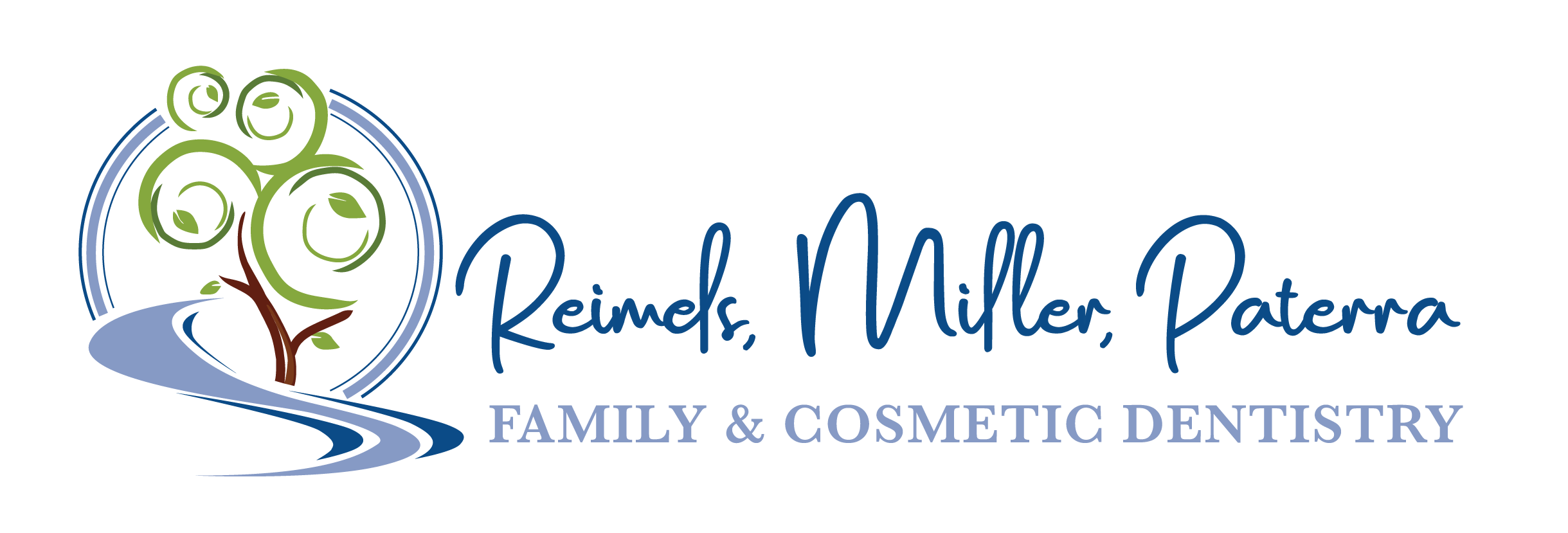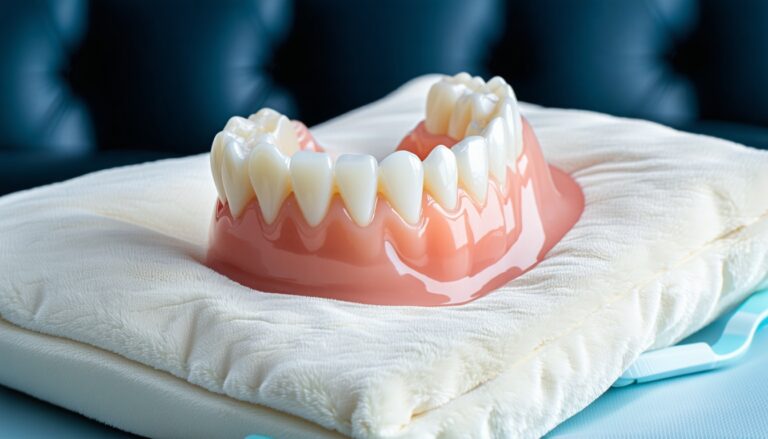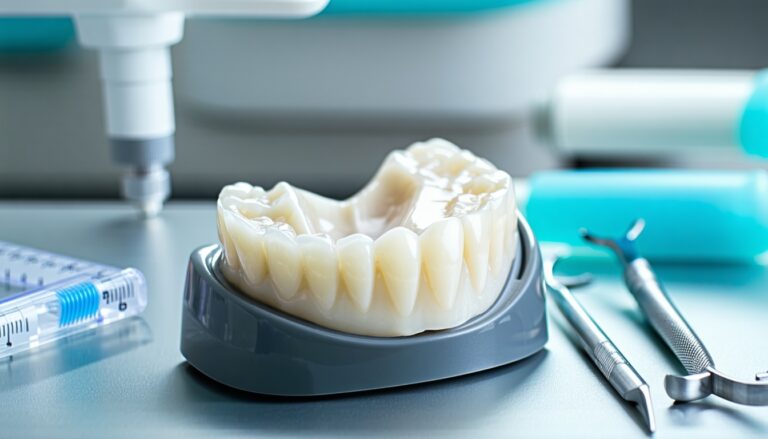Understanding Jaw Pain
Jaw pain can be a disruptive and challenging condition to manage, especially if left untreated. Understanding the root causes and appropriate evaluation methods is essential for effective treatment.
Symptoms and Causes
Jaw pain can manifest in various ways. Common symptoms include:
- Aching or stiffness in the jaw joint or muscles around it
- Pain that radiates to the face, neck, or shoulders
- Clicking, popping, or grating sounds when opening or closing your mouth
- Difficulty in opening the mouth wide
- Jaw locking open or closed
Several factors could lead to jaw pain:
- Temporomandibular Joint Disorder (TMJ/TMD): This is a common cause related to the dysfunction of the jaw joint and the surrounding muscles.
- Arthritis: Both rheumatoid arthritis and osteoarthritis can affect the jaw joint.
- Bruxism: Grinding or clenching your teeth can lead to significant wear and tear on the jaw muscles and joints.
- Injury: Trauma or injury to the jaw can damage the muscles, ligaments, or joints.
- Disorders: Certain disorders such as myofascial pain syndrome can cause chronic pain in the jaw.
Diagnosis and Evaluation
Accurate diagnosis is crucial for effective treatment of jaw pain. The evaluation process involves several steps:
-
Medical History: Your dental professional will start by taking a detailed medical history, including any past injuries, surgeries, or medical conditions that could contribute to jaw pain.
-
Physical Examination: This includes examining the jaw joint, listening for any sounds during jaw movement, checking the range of motion, and identifying areas of discomfort or tenderness.
-
Imaging Tests: These could include X-rays, MRI, or CT scans to get a better view of the jaw structure and look for abnormalities. The choice of imaging depends on the suspected cause of the pain.
| Imaging Test | Purpose |
|---|---|
| X-rays | To check the alignment and integrity of the jaw bones |
| MRI | To look at soft tissues, including the jaw muscles and disks |
| CT scans | To provide detailed images of the bones and joints |
- TMJ Arthroscopy: If initial evaluations are inconclusive or surgery is considered, TMJ arthroscopy might be recommended. This procedure involves inserting a small camera, called an arthroscope, into the joint space. It helps in diagnosing and may also serve as a therapeutic intervention by removing inflammatory tissue and enabling smoother jaw movement (Mayo Clinic).
For those covered under the Aetna dental plan, it’s beneficial to understand if this advanced diagnostic approach is part of your coverage. Consulting a jaw pain specialist who accepts Aetna can ensure you get the necessary care without financial strain.
Whether you’re dealing with TMJ disorders, bruxism, or arthritis-related jaw pain, seeking specialized care early can lead to better long-term management and relief. For more on how your Aetna dental plan can assist, explore our section on tmd therapy with Blue Cross Blue Shield insurance or consult with an in-network TMJ dentist for jaw pain.
Non-Invasive Treatment Options
Medications and Therapies
For those experiencing jaw pain due to Temporomandibular Joint (TMJ) disorders, non-invasive treatment options are often the first line of defense. Various medications and therapies can provide significant relief without the need for surgical interventions (Cleveland Clinic).
Medications
Healthcare professionals may recommend a range of medications to manage the symptoms of TMJ disorders:
- Pain Relievers: Over-the-counter pain relievers like ibuprofen or acetaminophen can ease mild discomfort. For more severe pain, prescription pain relievers may be necessary.
- Anti-Inflammatories: Nonsteroidal anti-inflammatory drugs (NSAIDs) can help reduce inflammation and alleviate pain.
- Muscle Relaxants: These medications are useful in providing relief from muscle spasms in the jaw.
- Anti-Anxiety Drugs: In cases where stress contributes to muscle tension and jaw pain, anti-anxiety medications can be helpful.
These medications aim to alleviate pain, reduce swelling, and relieve muscle tension associated with TMJ disorders. For a comprehensive list of medications that might be covered under your Aetna-approved TMJ dysfunction treatment, consult your healthcare provider.
Therapies
Non-invasive therapies can also be very effective in managing TMJ disorders. These therapies focus on relaxing the jaw and improving jaw function:
- Physical Therapy: Stretching and strengthening exercises can alleviate pain and improve jaw movement.
- Heat or Cold Therapy: Applying heat or cold packs can help reduce muscle pain and swelling.
- Cognitive Behavioral Therapy (CBT): CBT can be beneficial in addressing stress and anxiety, which often exacerbate TMJ symptoms.
Consider combining these therapies with medications for optimal results. For more about managing TMJ disorders with your dental insurance, refer to our detailed guide on tmd pain management with insurance.
Lifestyle Changes and Home Remedies
In addition to medications and therapies, lifestyle changes and home remedies can play a crucial role in managing TMJ disorders. Here are some strategies to consider:
Lifestyle Changes
- Dietary Adjustments: Eating softer foods can minimize jaw strain. Avoid hard, crunchy, or chewy foods that require extensive chewing.
- Stress Management: Techniques such as yoga, meditation, and deep-breathing exercises can help reduce stress, which often aggravates TMJ symptoms.
- Posture Improvement: Maintaining good posture, especially while working at a desk or using the phone, can prevent jaw strain.
Home Remedies
Simple home remedies can also provide relief from TMJ pain:
- Jaw Exercises: Gentle jaw exercises can help stretch and strengthen the jaw muscles.
- Massage: Massaging the jaw muscles can relieve tension and improve circulation.
- Hot or Cold Compress: Alternating between hot and cold compresses can reduce pain and inflammation.
These non-invasive options offer effective ways to manage jaw pain without resorting to surgery. For more tips on lifestyle adjustments and home care, visit our article on tmj joint pain relief with bcbs plan.
Understanding and implementing these non-invasive treatment options can greatly improve your quality of life. For personalized care, consult an in-network TMJ dentist for jaw pain covered by your Aetna dental plan.
Advanced Treatment Approaches
TMJ Arthroscopy
TMJ arthroscopy is a minimally invasive procedure used to diagnose and treat TMJ disorders. During the procedure, a small camera called an arthroscope is inserted into the joint space to get a detailed view. This can help in diagnosing the condition and performing therapeutic interventions. The procedure can release scar tissue, remove inflammatory soft tissue, and other byproducts, improving TMJ symptoms and allowing the jaw to move without pain. Mayo Clinic.
Arthrocentesis Procedure
Arthrocentesis is another minimally invasive treatment option for TMJ disorders. This involves inserting tiny openings into the TMJ to flush fluid through the joint, removing debris and providing relief from pain. It’s a suitable option when other non-invasive treatments are ineffective. Mayo Clinic.
Surgical Interventions
When non-invasive treatments fail, surgical interventions may be considered for treating TMJ disorders. Options include:
- Arthrocentesis
- Arthroscopy
- Open-joint surgery
- Total joint replacement
These procedures aim to correct the joint’s structure, relieve pain, and restore proper function. It’s crucial to consult a specialized jaw pain specialist under your Aetna dental plan for these advanced treatments (Cleveland Clinic).
For more information on TMJ disorder treatments covered by insurance, consider visiting our articles on tmj disorder treatment covered by aetna and does insurance cover tmj therapy.
Seeking Specialized Care
Addressing jaw pain effectively often requires specialized attention, particularly if initial treatments fail to provide relief. Here’s a detailed look at how you can seek specialized care for jaw pain under your Aetna dental plan.
Referral to TMJ Specialists
Individuals experiencing persistent jaw pain, clicking, or stiffness are advised to consult their family healthcare provider or dentist first. If initial treatments prove ineffective, a referral to a TMJ specialist may be necessary (Mayo Clinic). TMJ specialists focus on diagnosing and treating Temporomandibular Joint Disorders (TMD).
Under your Aetna dental plan, you can seek an in-network TMJ dentist for jaw pain to ensure your care is both comprehensive and covered by insurance. The specialist will assess your symptoms and may suggest advanced treatments like TMJ Arthroscopy or Arthrocentesis procedures if conservative treatments fail.
For those holding other comprehensive dental insurance plans:
- BCBS dentist for TMJ treatment
- Delta Dental TMJ coverage approved providers
- United Healthcare TMD treatment dentist
- MetLife insurance TMJ specialist
- Americo TMJ dentist coverage
Complementary and Alternative Medicine
Complementary and Alternative Medicine (CAM) can also be effective in managing TMJ disorders. These therapies aim to provide holistic care by addressing the root cause of the pain and promoting overall well-being.
Some popular CAM options for TMD include:
- Acupuncture: Involves the insertion of thin needles into specific points on the body to reduce pain and improve circulation.
- Chiropractic Care: Focuses on spinal adjustments to alleviate jaw pain and improve the alignment of the jaw.
- Physical Therapy: Exercises and manual therapy techniques to improve muscle strength and joint mobility.
CAM therapies often work in conjunction with traditional medical treatments. Always discuss these options with your TMJ specialist to ensure they are appropriate for your condition. Your Aetna dental plan may cover some CAM treatments under specific conditions; it’s beneficial to check your plan details or consult with your provider directly.
Tables can help you understand what to expect in terms of cost and coverage for various TMJ treatments.
| Treatment Method | Estimated Cost | Covered by Insurance |
|---|---|---|
| TMJ Assessment | $200 – $400 | Yes |
| TMJ Arthroscopy | $2,000 – $5,000 | Yes |
| Acupuncture | $80 – $120/session | Depends on policy |
For more specialized care details, explore our articles on:
- TMJ disorder treatment covered by Aetna
- TMD therapy with Blue Cross Blue Shield insurance
- TMJ chiropractic and dental care covered by United
Managing TMJ Disorders
Long-Term Care Strategies
Effective management of TMJ disorders often requires a combination of approaches tailored to your specific needs. Here are some long-term strategies to consider:
- Regular Monitoring: Keeping track of your symptoms and any changes over time can help you and your jaw pain specialist to adjust your treatment plan as needed. Regular check-ups are essential for proactive management.
- Stress Reduction: Adopting stress-reduction techniques such as yoga, mindfulness, or exercise can significantly alleviate TMJ symptoms. (Mayo Clinic)
- Oral Appliances: Customized devices such as night guards or orthotic devices can reduce strain on your jaw. Check if your insurance covers options like a TMJ bite guard or an orthotic device for TMJ with insurance coverage.
Pain Management and Prevention
To mitigate pain and prevent further complications, consider these targeted approaches for managing TMJ disorders:
- Medications: Your jaw pain specialist may prescribe medications such as anti-inflammatories, muscle relaxants, or even antidepressants to manage pain and reduce muscle tension. Be sure to discuss with your provider whether your dental plan, including the Aetna approved TMJ dysfunction treatment, covers these prescriptions.
- Physical Therapy: Customized exercises can strengthen jaw muscles and improve joint function. Your specialist may work with a physical therapist to create a tailored exercise plan.
- Alternative Therapies: Complementary methods such as acupuncture, biofeedback, and massage therapy can provide significant relief and improve your overall quality of life (Mayo Clinic).
| Treatment Option | Description | Available with Insurance? |
|---|---|---|
| Night Guard | Prevents teeth grinding | Insurance-approved occlusal splint TMJ |
| Orthotic Device | Provides jaw support | Orthotic device for TMJ with insurance coverage |
For a comprehensive approach to TMJ disorders, always follow the guidance of your healthcare provider. Whether you’re looking for TMD therapy with Blue Cross Blue Shield insurance or another in-network provider, ensuring continuous care will help to manage and prevent TMJ pain effectively. Explore more about TMJ disorder treatment covered by Aetna for additional resources.








